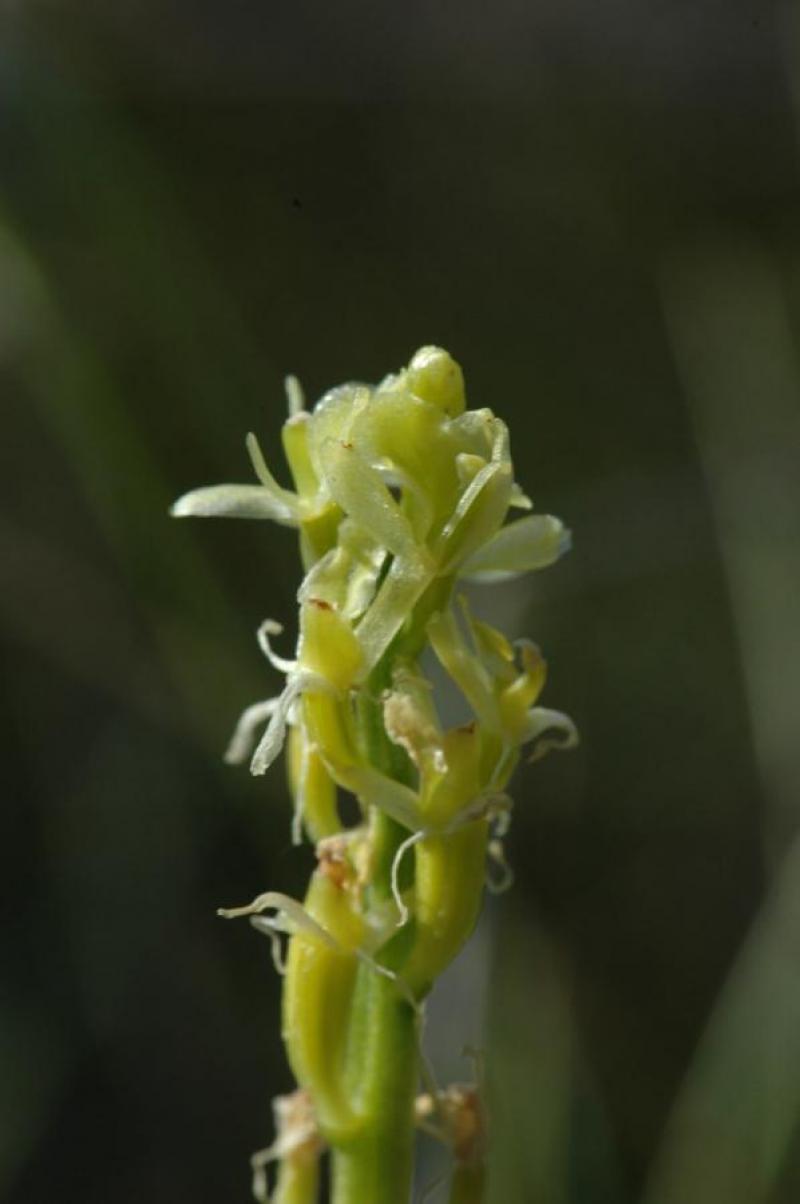Liparis loeselii
Also known as: Fen Orchid or Ophrys trigona Ophrys pulchella Liparis loeselii ssp. sachalinensis Liparis loeselii ssp. orientalis Liparis loeselii ssp. loeselii Liparis sachalinensis Liparis bifolia Malaxis longifolia Anistylis lutea Liparis loeselii f. ovata Liparis correana Liparis loeselii f. squamigera Liparis loeselii var. cracoviensis Liparis loeselii var. ovata Liparis loeselii f. lutosa Liparis loeselii var. lutosa Malaxis correana Loesel's Twayblade in the subfamily: Epidendroideae
Native to: Austria Belarus Belgium Bulgaria Denmark Departamento del Huila - Colombia Finland France Germany Greece Hungary Italy Netherlands Norway Poland Romania Sweden Switzerland Ukraine
General Information
Fen Orchid is a small cold to warm growing epiphytic or terrestrial orchid belonging to the sub family Epidendroideae native to Austria, Belarus, Belgium, Bulgaria, Denmark, Colombia, Finland, France, Germany, Greece, Hungary, Italy, Netherlands, Norway, Poland, Romania, Sweden, Switzerland, and Ukraine. It is named after the German Botanist in the 18th century.
Plant Description
Each new growth has numerous erect elliptic, oblong shaped leaves
Flowers
Numerous blossoms appear during Summer and Spring
Blooming Season
- Spring
- Summer
Care Notes
These orchids have a fine root system that can quickly die back if left dry for too long, but also does not like to be kept wet, so water regularly but ensure that the mix is dry before watering.
Climate
Grows at low to high elevations.
Fertiliser
These plants do well with slow release fertiliser at the rate of 2-3 pellets per cup (250ml) of media. Additional fertiliser during the growth period may be beneficial, but not necessary.
Potting
These plants can be sensitive to repotting though should not require repotting regularly. Repotting should be done when the mix has broken down to the point that it doesn't absorb water or holds onto water for far too long, usually the plant shows a decline in growth as well.
The mix should be free draining, with a blend of 30% inorganic ingredients such as coarse sand, gravel or perlite, mixed in with about 70% organic ingredients such as peat, leaf litter or decomposed bark. Avoid commercial potting mixes as they can vary wildly and may contain "wetting agents" that can hold onto water for loo long, causing rotting and stunted growth.





















